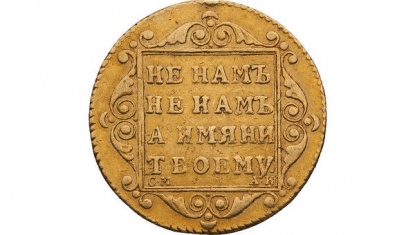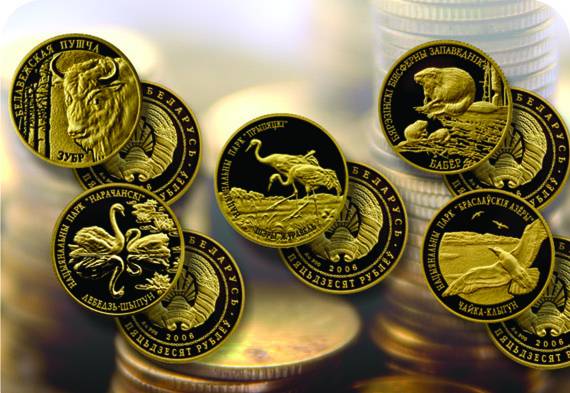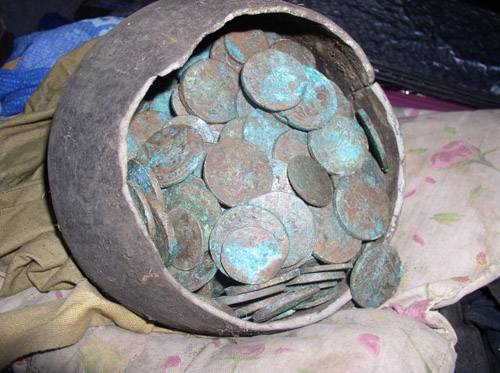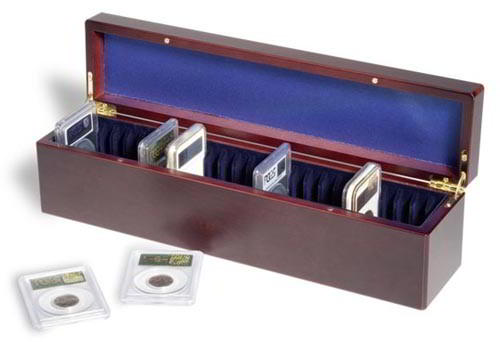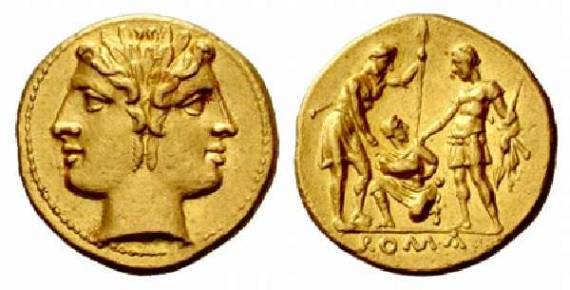emphasizing
Coins of Queen Victoria and the dynasty of her court medalists
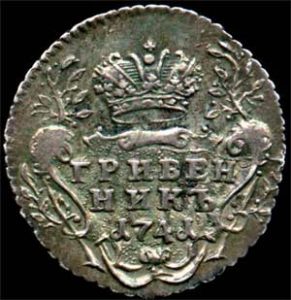 On January 2, 1901, at the turn of the two greatest in the history of mankind, the heart of a little old woman, Queen Victoria, stopped beating. Ended the longest in the history of England rule, rightly called the Victorian Age. Under the domination of a woman who was tiredly lying on her deathbed, there were pommollektsionerov – Victoria also means a whole era. A rare numismatist was not fascinated by a huge variety of British coins, the lion’s share of which is marked by the royal profile of the “Queen of Wicca”.
On January 2, 1901, at the turn of the two greatest in the history of mankind, the heart of a little old woman, Queen Victoria, stopped beating. Ended the longest in the history of England rule, rightly called the Victorian Age. Under the domination of a woman who was tiredly lying on her deathbed, there were pommollektsionerov – Victoria also means a whole era. A rare numismatist was not fascinated by a huge variety of British coins, the lion’s share of which is marked by the royal profile of the “Queen of Wicca”.
Victoria is not the first British Queen, a portrait, which appeared on the coins of this island nation. After Mary Tudor (1553-1558), who ruled after her infant brother Edward VI for almost 5 years and received the nickname “Bloody” among the people, the throne of England was occupied for 45 years (and not worse for the country) by her sister Elizabeth I (1558 – 1603) – “Queen-Virgin”. Continue reading
First counterfeiters
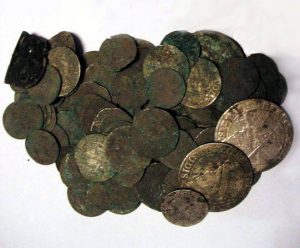 Since the very first metallic banknotes were born, the counterfeiters began their activities. They used every opportunity to seize the stamp. In this regard, the minters working on the mints, after the required number of coins were made, destroyed their stamps, and the secret of their production was considered not only his own, but also a state secret.
Since the very first metallic banknotes were born, the counterfeiters began their activities. They used every opportunity to seize the stamp. In this regard, the minters working on the mints, after the required number of coins were made, destroyed their stamps, and the secret of their production was considered not only his own, but also a state secret.
For counterfeiters, the very process of forging money was not a big deal. The first and most important thing that they had to do was to get the original stamps by any illegal means. If there was no such possibility, then the stamp was made by them independently by painstaking work. After the main tool was in their hands, it was necessary to choose a reliable secret place, if possible away from the city center. Continue reading
Coins and art
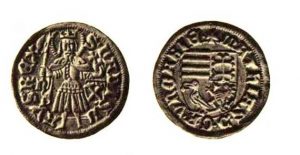 When the state treasurer put his stamp on a small piece of metal, he cared not only to record the purity and weight of the metal with this action, but also to make a kind of media out of the coin by placing some propaganda information on the coin. In addition, the state sought to make a true masterpiece of art out of each minted coin, to make it beautiful and attractive. This is due to the fact that coins are still a symbol of wealth, and wealth, as a rule, is comprehended with something beautiful and refined, and coins made of such precious and noble metals like gold and silver themselves symbolize such a state. Continue reading
When the state treasurer put his stamp on a small piece of metal, he cared not only to record the purity and weight of the metal with this action, but also to make a kind of media out of the coin by placing some propaganda information on the coin. In addition, the state sought to make a true masterpiece of art out of each minted coin, to make it beautiful and attractive. This is due to the fact that coins are still a symbol of wealth, and wealth, as a rule, is comprehended with something beautiful and refined, and coins made of such precious and noble metals like gold and silver themselves symbolize such a state. Continue reading
